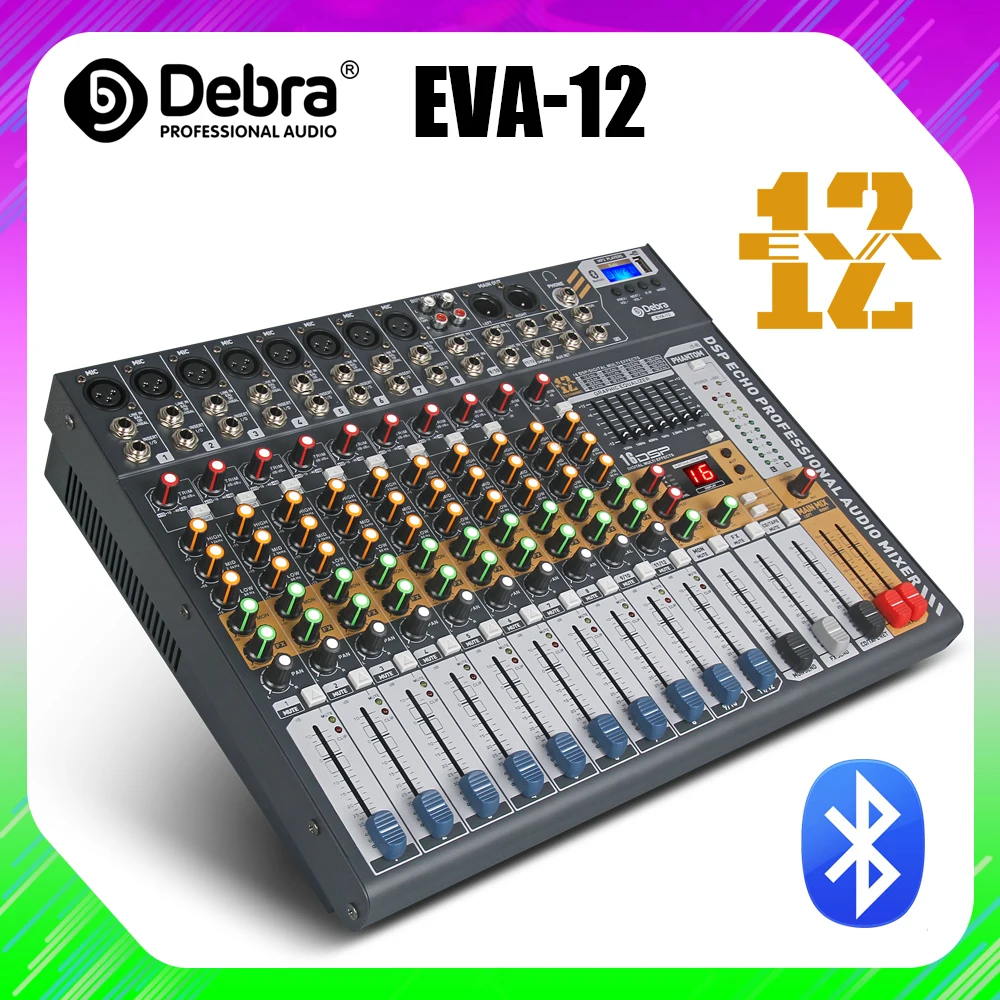


PROFESSIONAL AUDIO MIXERS PATCH
On mid- to- large-sized live venue and sound recording consoles, these input jacks are numbered as well and consolidated in a patch bay. For each channel input, a mixer provides one or more input jacks. The channel strips are typically numbered so that the audio engineer can identify the different channels. Some higher-priced mixers have a parametric equalizer or a semi-parametric equalizer for one or more of the equalizer frequency bands, often the middle range.

A DJ mixer typically has RCA connector inputs for pre-recorded music being played back on turntables or CD players, and a single mic input.ĭepending on the mixer, a channel may have buttons which enable the audio engineer to reroute the signal to a different output for monitoring purposes, turn on an attenuator pad (often reducing the signal by 15 or 20 dB to prevent audio clipping), or activate other features, such as a high-pass filter. A mixer intended for a live venue or a recording studio typically has a range of input jacks, such as XLR connectors for microphones and the outputs from DI boxes, and 1/4" jacks for line level sources. The types of inputs that can be plugged into a mixer depend on the intended purpose of the mixer. Typically, each channel's column contains a number of rotary potentiometer knobs, buttons, and faders for controlling the gain of the input preamplifier, adjusting the equalization of the signal on each channel, controlling routing of the input signal to other functional sections, and adjusting the channel's contribution to the overall mix being produced. The channel input strips are usually a bank of identical monaural or stereo input channels arranged in columns. Some of the more important functional sections are subdivided into subsections. Some mixers intended for small venue live performance applications may include an integrated power amplifier.Ĭhannel input strip, Group, and Master section on Mackie ONYX 80Īn analog mixing board is divided into functional sections. Some mixers have onboard electronic effects, such as reverb. They can provide phantom power for condenser microphones pan control, which changes a sound's apparent position in the stereo soundfield filtering and equalization, which enables sound engineers to boost or cut selected frequencies to improve the sound dynamic range compression, which allows engineers to increase the overall gain of the system or channel without exceeding the dynamic limits of the system routing facilities, to send the signal from the mixer to another device, such as a sound recording system or a control room and monitoring facilities, whereby one of a number of sources can be routed to loudspeakers or headphones for listening, often without affecting the mixer's main output. In practice, mixers do more than simply mix signals.
PROFESSIONAL AUDIO MIXERS PROFESSIONAL
A mixing console in a professional recording studio may have as many as 96 channels. A nightclub stage's mixer for rock music shows may have 24 channels for mixing the signals from a rhythm section, lead guitar and several vocalists. A coffeehouse's tiny stage might only have a six-channel mixer, enough for two singer-guitarists and a percussionist. A DJ mixer may have only two channels, for mixing two record players. A typical, simple application combines signals from microphones on stage into an amplifier that drives one set of loudspeakers for the audience. Mixing consoles are used for applications including recording studios, public address systems, sound reinforcement systems, nightclubs, broadcasting, and post-production. The modified signals are summed to produce the combined output signals, which can then be broadcast, amplified through a sound reinforcement system or recorded. Mixers may control analog or digital signals. Inputs to the console include microphones, signals from electric or electronic instruments, or recorded sounds. An audio engineer adjusts a mixer while doing live sound for a band.Ī mixing console or mixing desk is an electronic device for mixing audio signals, used in sound recording and reproduction and sound reinforcement systems.


 0 kommentar(er)
0 kommentar(er)
